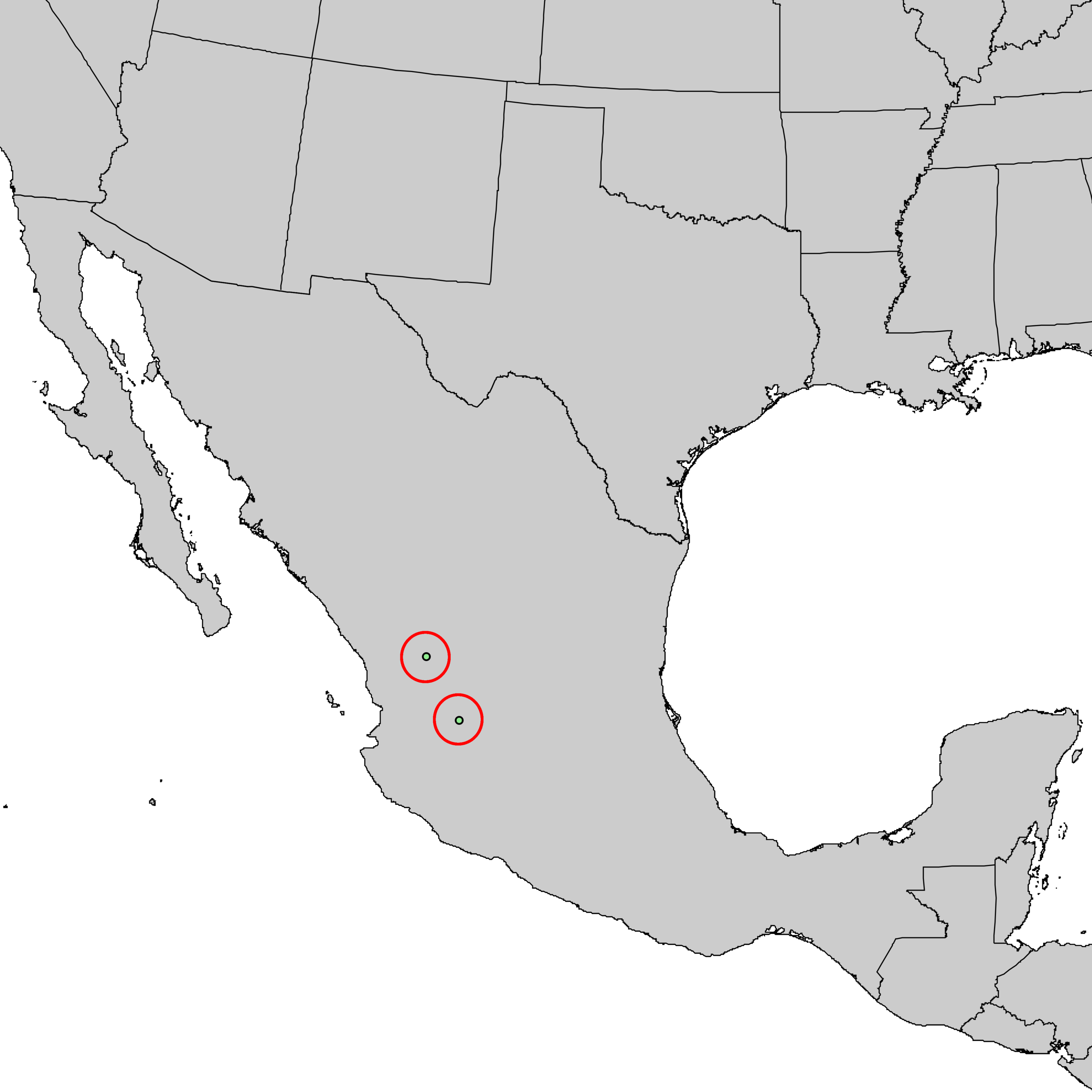A pistillate cyathium of a Telephus spurge.
Endemism fascinates me. Why some organisms occur in certain restrict areas geographically and nowhere else is such a fun topic to ponder. On a recent trip to the Florida Panhandle, I was lucky enough to encounter a wonderful little plant endemic to pine flatwoods located at the very tip of the Apalachicola region. It is a type of spurge known as Telephus spurge (Euphorbia telephioides) whose natural history is captivating to say the least.
The Telephus spurge is a denizen of dry, sandy soils. Its fleshy leaves and deep, tuberous taproot not only allow it to handle drought via the storage of water and nutrients, its root system also allows it to live a long time. Though it is hard to say how long individuals can actually live, lifetimes measured in decades are well within the realm of possibility. Like many members of the spurge family (Euphorbiaceae), the Telephus spurge is also well defended by toxic, milky sap.
A staminate cyathium of a Telephus spurge.
The inflorescence of the Telephus spurge is defined as a cyathium. Plants can produce multiple cyathia per plant, and for the Telephus spurge, these can contain only male, only female, or both reproductive structures. Sex of individual Telephus spurge is an interesting topic unto itself and very important when it comes to conservation (more on that in a bit). Individual Telephus spurge can be fluid in their sexual expression from one year to the next. Individuals that produced only male cyathia one year can go on to produce only female or bisexual cyathia in subsequent years. No one can say for sure what triggers these changes among individuals, but disturbance and energy reserves likely play a considerable role.
One of the most important aspects of Telephus spurge ecology is fire. Without regular fires, the entire habitat of the Telephus spurge would gradually close in with woody shrubs and trees and disappear. Even though most of the top parts of these plants are killed by fires, their large tuberous root system allows them to readily regrow what was lost. That is not to say that individuals regularly regrow after fires. In fact, plants have been known to disappear for years at a time following top killing events, only to resprout at some point in the future when favorable conditions return.
Telephus spurge fruits are quite pretty!
At this point, it should be obvious that for this species to persist, its habitat needs to be maintain via fire. Management for this species is very important given its narrow distribution and sporadic occurrence on the landscape. However, there are still many hurdles in the way of effective Telephus spurge conservation. For starters, though it once likely enjoyed a more contiguous distribution throughout the Apalachicola region, habitat destruction from logging, ditching, and development have highly fragmented its populations into tiny clusters. The smaller these clusters become, the more vulnerable they are to extirpation.
Another factor complicating the conservation of this species is its aforementioned sexual fluidity. Because we still don’t know what triggers a change in sexual expression among individuals from one year to the next, populations can fluctuate greatly in terms of their reproductive capacity. For instance, if a population comprised of many individuals with bisexual cyathia one year suddenly switches to producing mostly male cyathia the following year, seed production can decrease greatly. Until we know more about the reproductive ecology of this species, maintaining populations with regular fire while limiting the amount of logging and development is the best chance we have at ensuring this extremely rare spurge has a future on this planet.
The one upside to this story is that, where properly managed, Telephus spurge can reach high abundances. With a little bit of effort, these populations are relatively easy to map and seed can be collected and maintained to preserve valuable genetic material. Still, without proper management and land conservation/restoration efforts, the future of this tiny spurge and many of its botanical neighbors hangs in the balance. Support your local land conservancy today, because stories like this are far more common than you think!
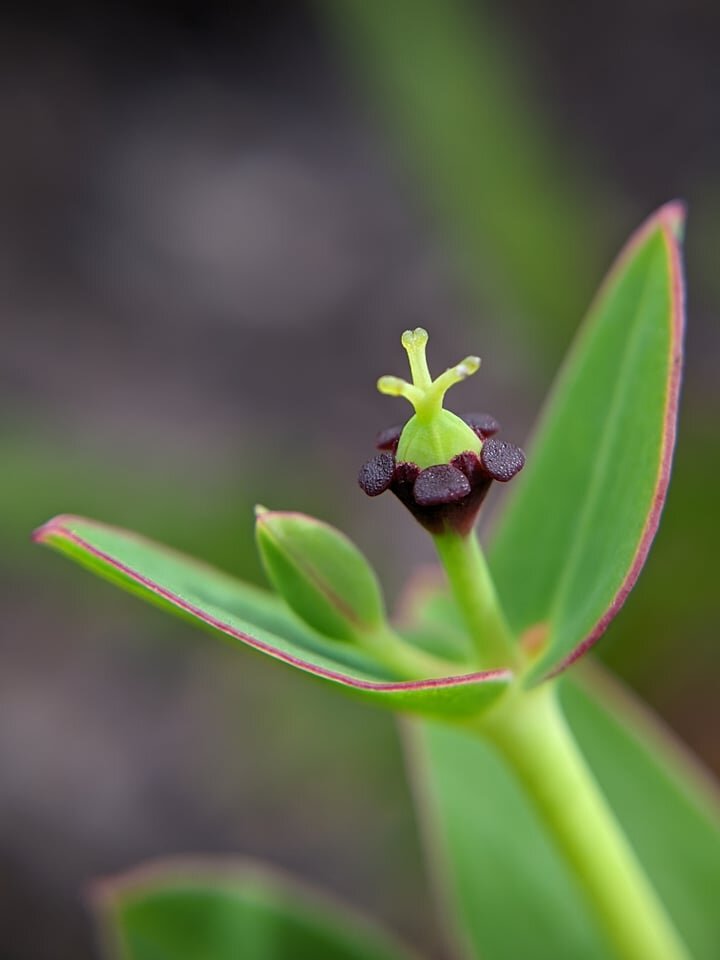


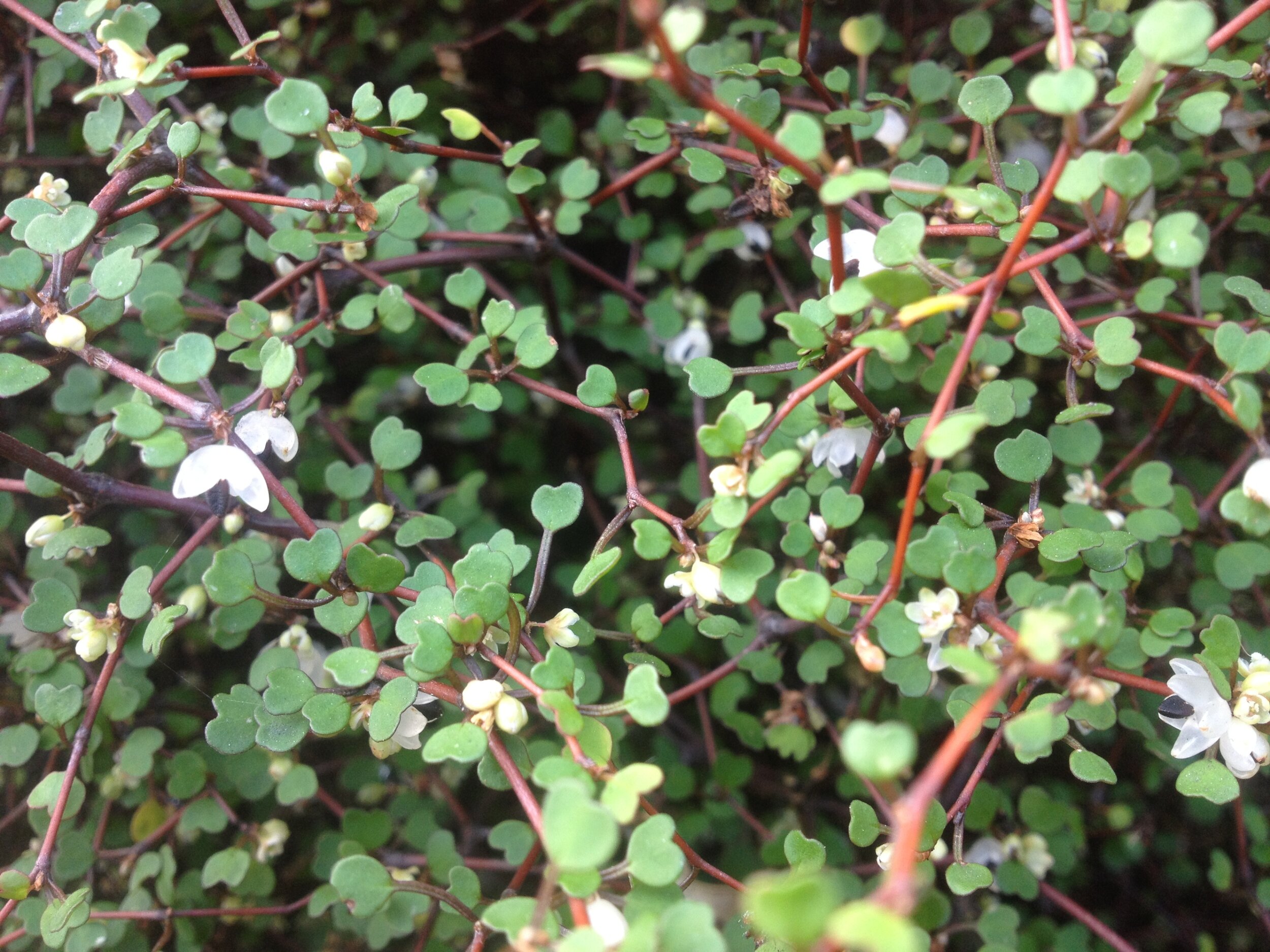


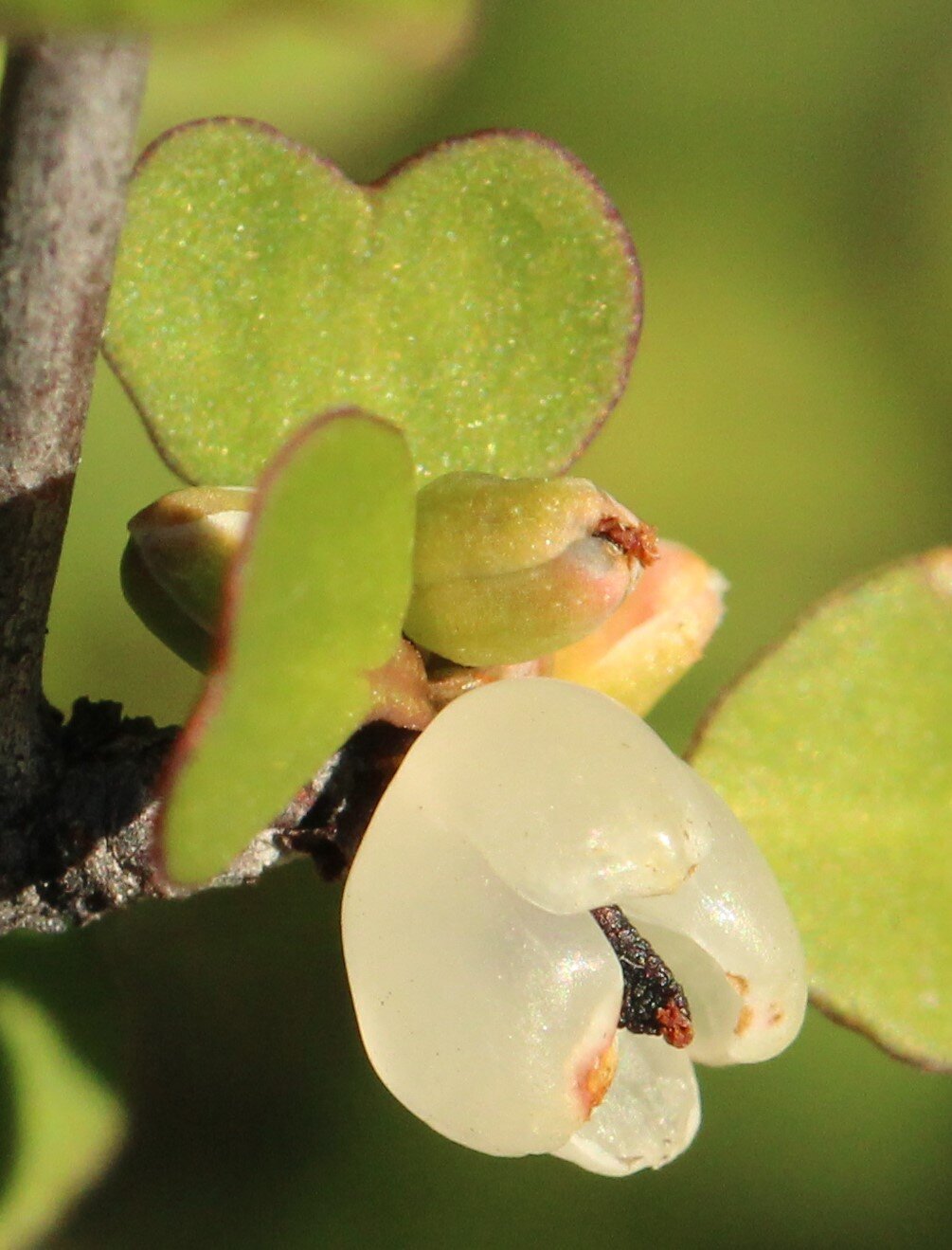



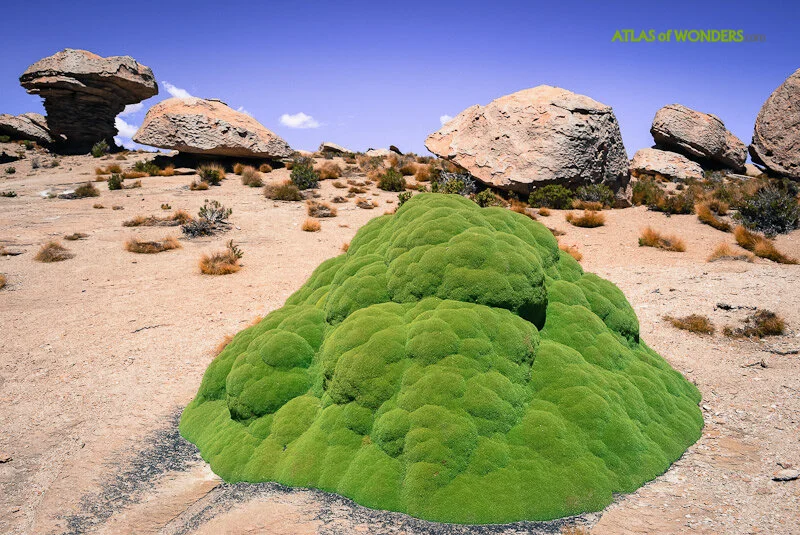

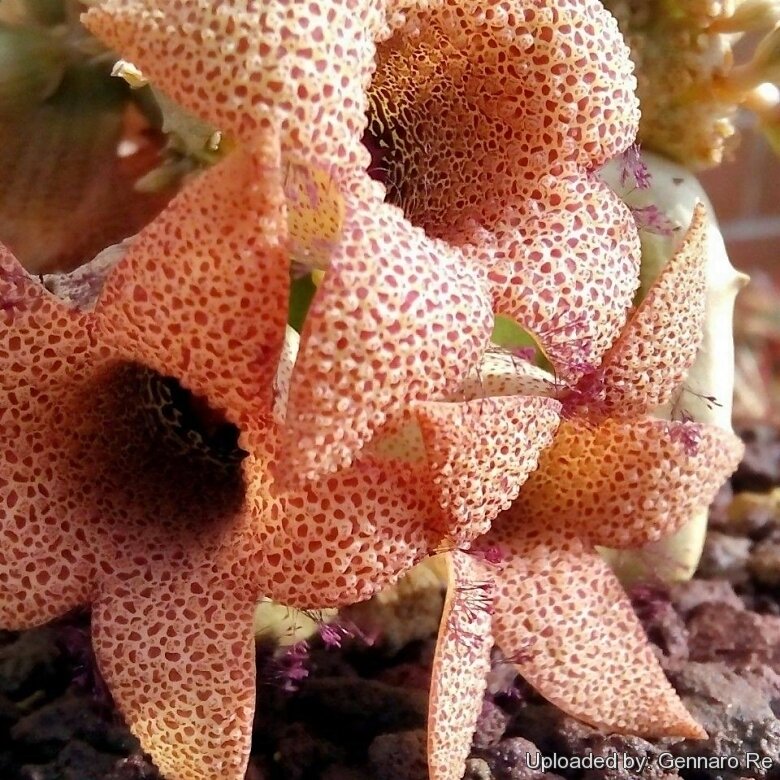


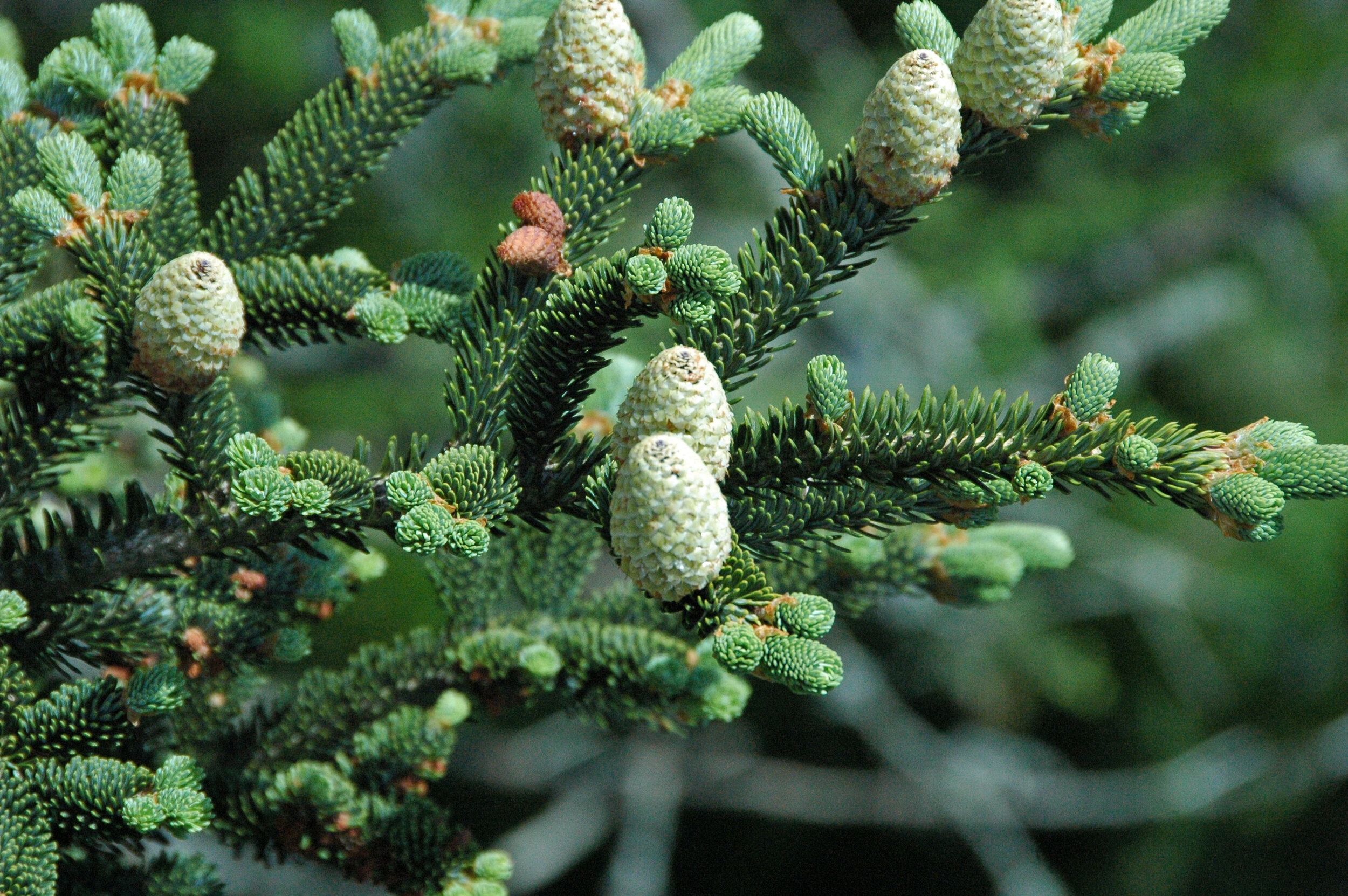




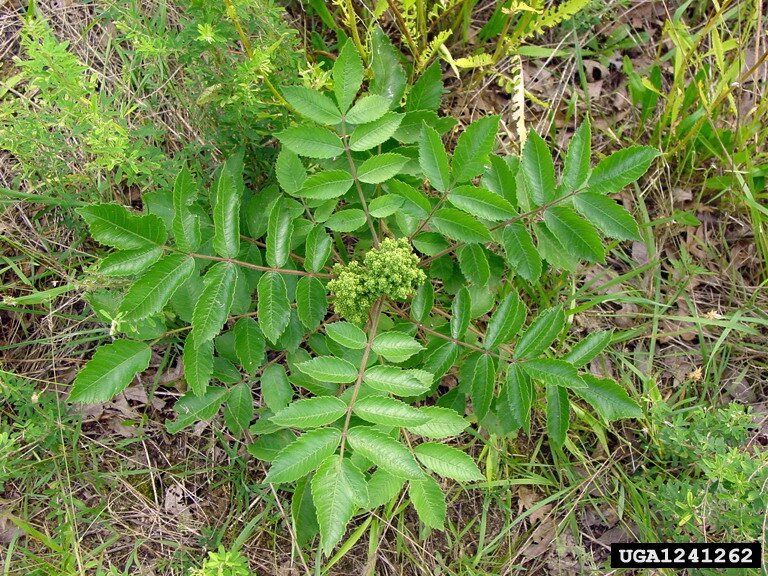
![Current range of dwarf sumac (Rhus michauxii). Green indicates native presence in state, Yellow indicates present in county but rare, and Orange indicates historical occurrence that has since been extirpated. [SOURCE]](https://images.squarespace-cdn.com/content/v1/544591e6e4b0135285aeb5b6/1609184191069-557J58DPH2J8L74Y1O06/Rhus+michauxii.png)














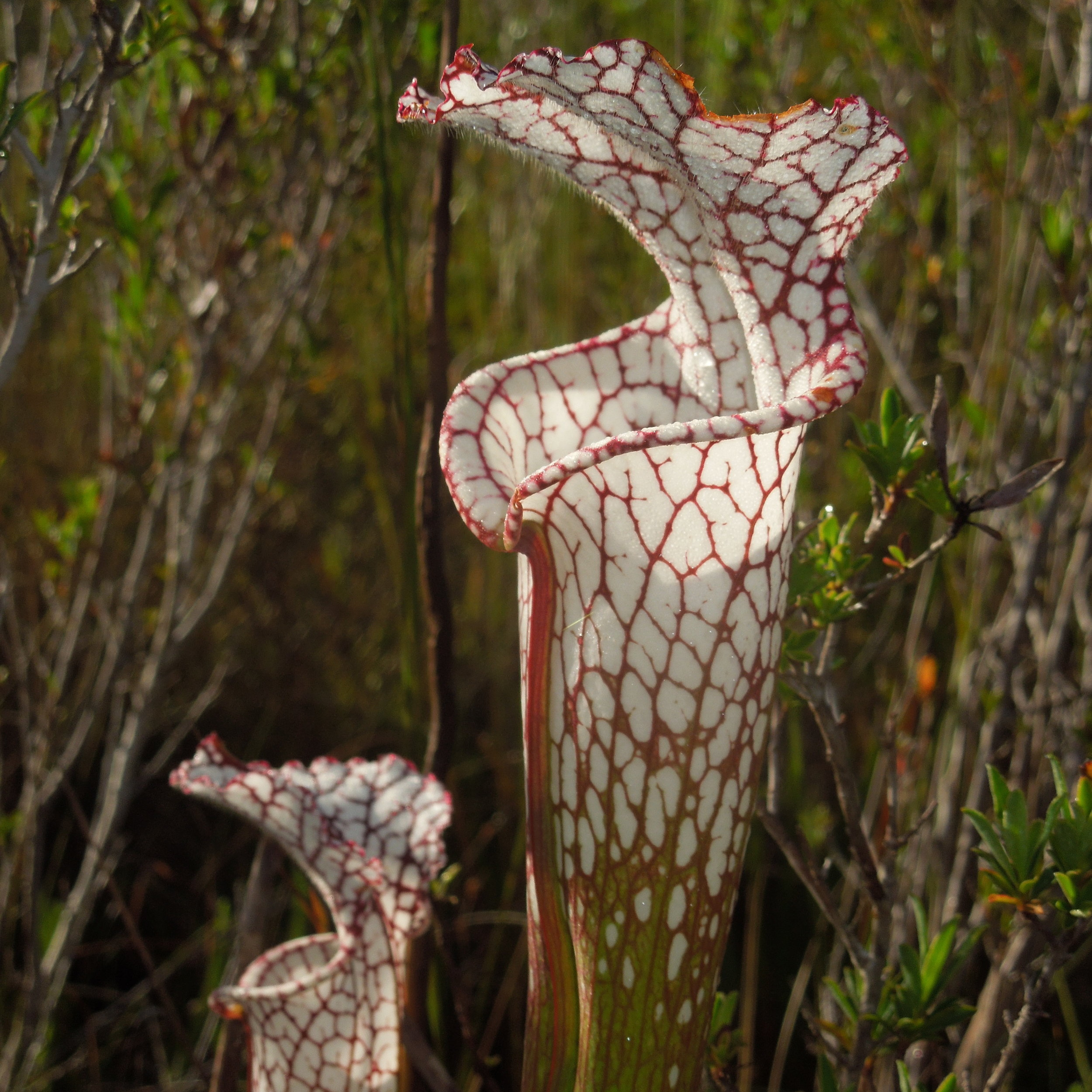
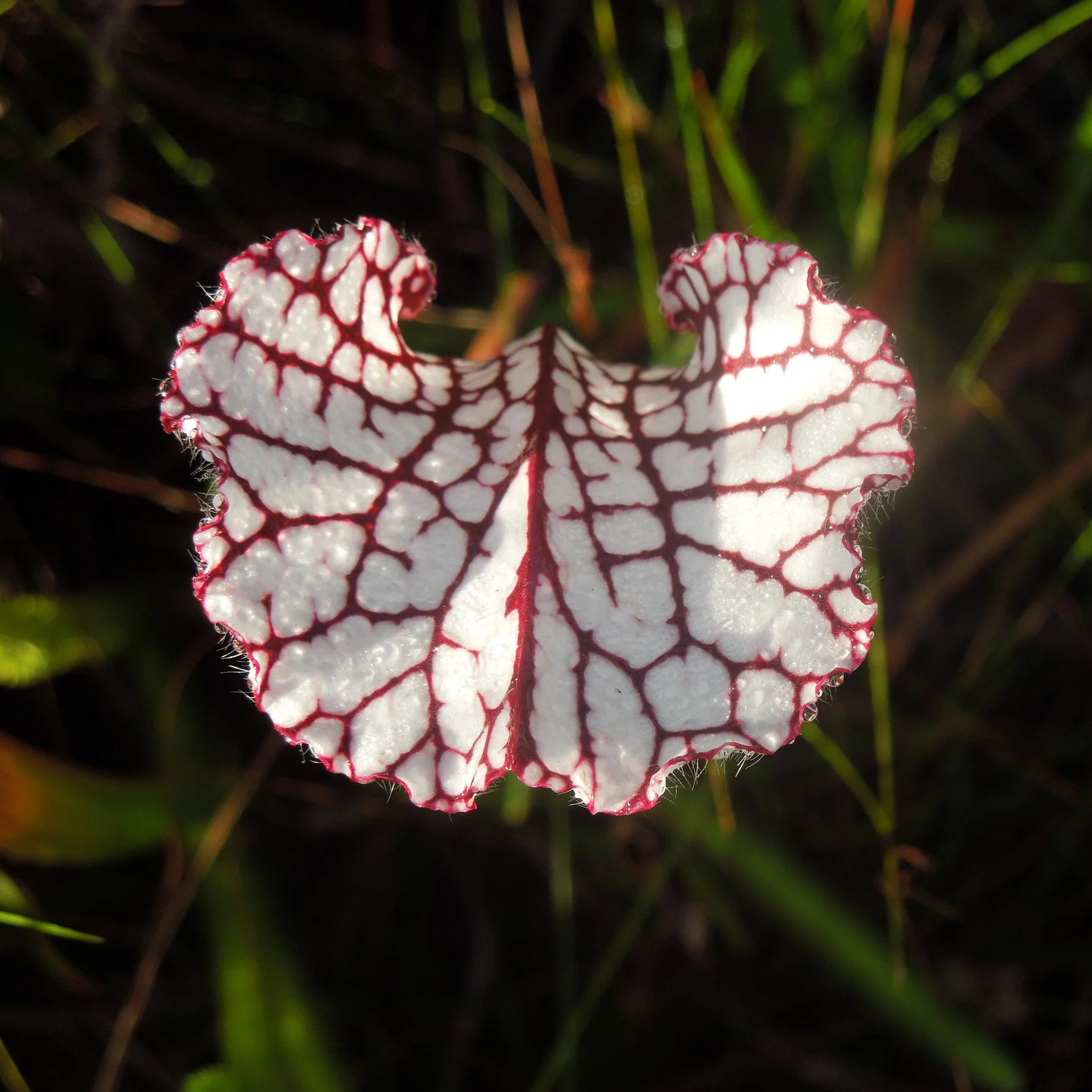
![Sarracenia leucophylla flower. Photo by Noah Elhardt licensed by GNU Free Documentation License [SOURCE]](https://images.squarespace-cdn.com/content/v1/544591e6e4b0135285aeb5b6/1567376504321-A9HVCAG8Y3DY9IMUJMGT/Sarracenia_leucophylla_flower.jpg)

![Sarracenia leucophylla habitat. Photo by Brad Adler licensed by CC BY-SA 2.5 [SOURCE]](https://images.squarespace-cdn.com/content/v1/544591e6e4b0135285aeb5b6/1567376707208-INV6TWZMXE1UXVO4DAHQ/Sarracenia_leucophylla_field.jpg)



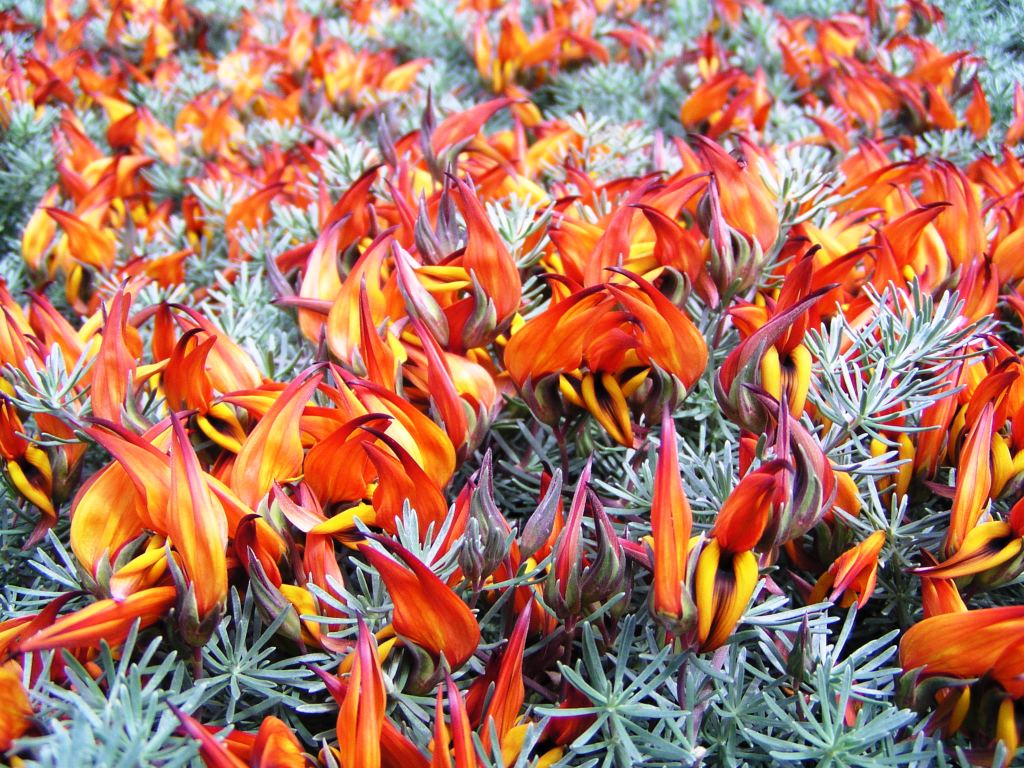

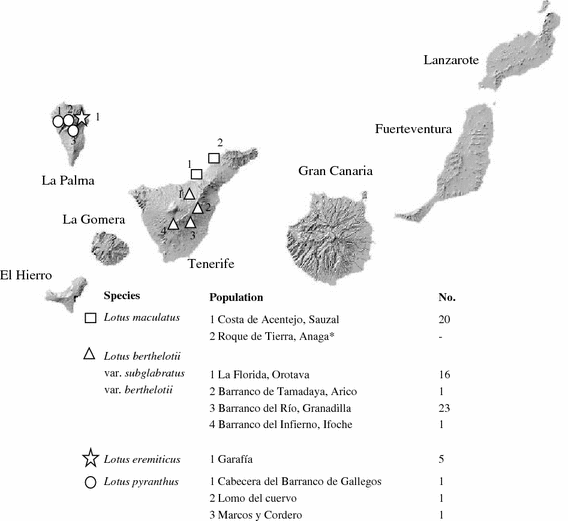






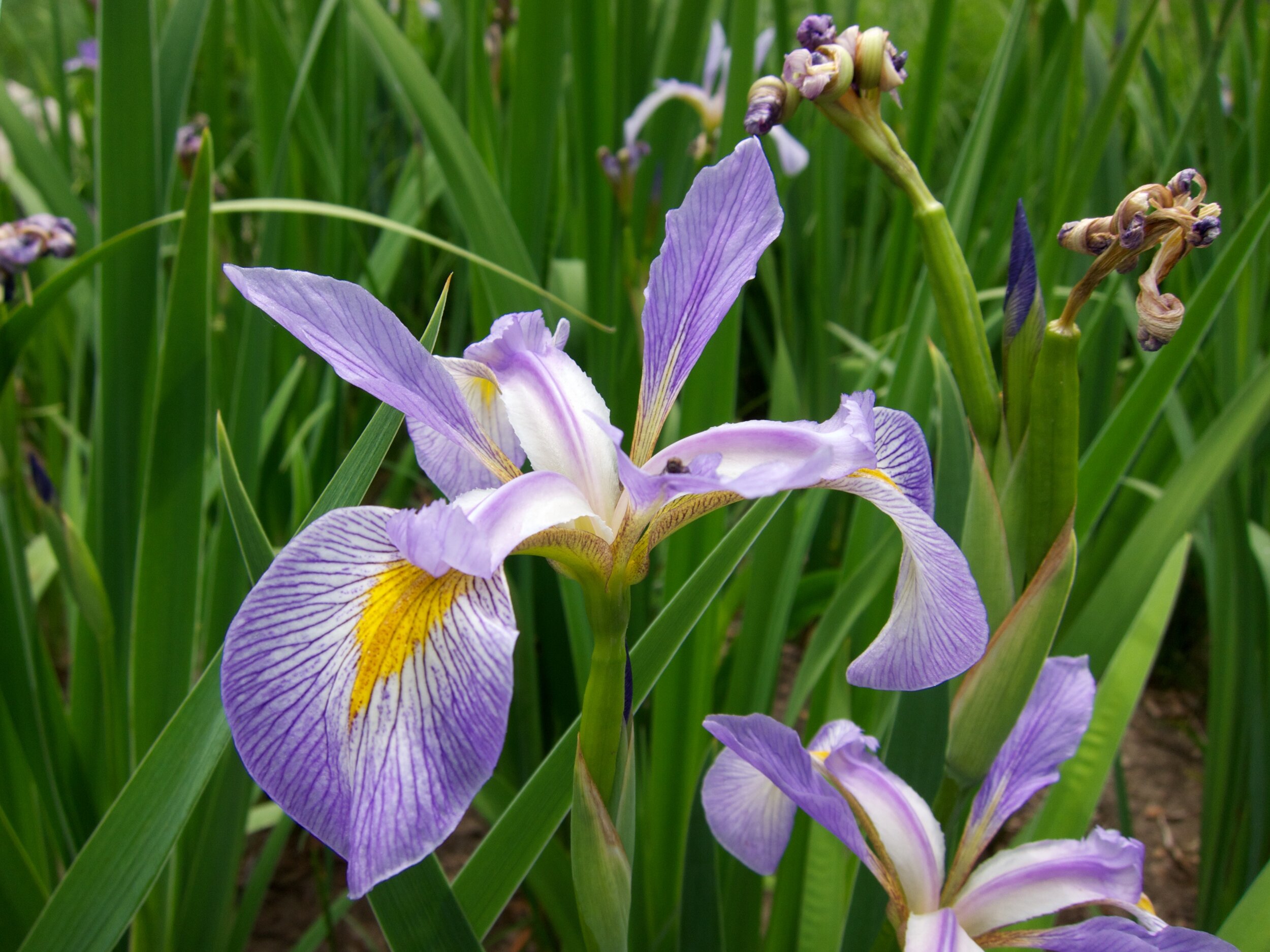



![Photo by Edwino S. Fernando [source]](https://images.squarespace-cdn.com/content/v1/544591e6e4b0135285aeb5b6/1550353497346-FB5R33TTIU4UMX2RE0X7/Rafflesia_consueloae_open_flower.jpg)

